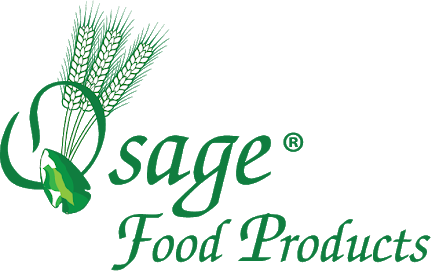U.S food industry sales have been impacted by various disruptions over the past few years, culminating in considerable performance drops and significant losses to grocery retailers. There’s been widespread difficulty in stocking shelves and, with consistent demand, the sector has experienced shortages.
The main contributing factor has been issues with the global supply chain, which has made efficient retail operations difficult as a result of the COVID-19 pandemic.
Empty Shelves Lead To Sales Shortfalls
Lockdowns and self-isolation periods significantly impacted operational efficiency for many logistics and warehousing firms, reducing distribution capacity and further hindering imports and worldwide trade. This situation resulted in growing difficulties for food to reach grocery shelves, which in turn has caused shortages and losses. This continues to be a problem as retailers struggle to meet demand in regions where consumers are returning to stores as pandemic restrictions are loosened or lifted altogether.
The shortage of goods resulted in U.S retailers losing a staggering $82 billion in 2021, according to figures published by NielsenIQ. The same study also highlights that out-of-stock items cost retailers a record average of $1.75 billion per week in Q3 of the same year.
The “Great Resignation” Hits The U.S
Another reason for supply chain issues that ultimately impacted grocery sales in the U.S is the so-called “Great Resignation”. A record 4.5 million people quit their jobs in November 2021 alone, with consistently high figures throughout the year. Never before has the American workforce seen a career shift of such magnitude in such a short period of time. It was especially surprising during one of the most devastating market disruptions in generations.
This situation impacted various parts of the retail food supply chain. One sector seriously affected by the Great Resignation was the American transportation industry. According to the American Trucking Association, their sector is seeing a shortage of some 80,000 truck drivers. This number is forecast to surpass 130,000 by 2030. Recruiters have responded to the deficit by promoting the benefits of a trucking career but are having difficulty attracting new drivers, causing widespread shortages in grocery stores.
In addition to this, some grocery retailers have to operate at a reduced capacity to support physical distancing, leaving them with an insufficient number of workers to keep their operations running as efficiently as before the pandemic. Even as we move into a post-COVID world, playing catch-up to fill shelves continues to prove challenging to many retailers as supply chain woes still hamper their ability to keep stock available.
Changes In Consumer Behavior And Retail Food Losses
As a result of self-isolation and quarantine policies that saw capacity restrictions for restaurants and bars, at-home cooking started to trend, especially among workers now working remotely. Combined with the already stressed supply chain, ingredients became scarce as demand went up, negatively impacting grocery sales. In addition, personal visits to stores were replaced by online shopping due to public health concerns and the lack of in-store supply.
The effect on grocery retail from these factors was astonishing. NielsenIQ found that 20% of consumers postponed purchases when faced with empty shelves, while 16% opted to purchase their groceries online.
Empty shelves also saw specific segments of the food industry experience lost sales. According to NeilsenIQ, the prepared frozen foods segment experienced total missed sales of $364 million in the last 13 weeks of 2021. The same data shows that the beverage segment saw a shelf availability rate of 91%, driving a staggering $2.8 million loss in sales between June and October 2021.
Read More: Solving The Food Industry’s Supply Chain Pain
How Food Retailers Are Changing Their Approach To Supply Chain
Despite the supply chain issues, grocery sales overall saw a steady increase in Q32021. In September alone, sales grew 7.5% year-on-year. However, the data also shows that retailers have suffered losses due to empty shelves and missed sales. One can’t help but wonder how much the increase could have been had the supply chain been able to respond to the pandemic with more flexibility.
Until recently, many food producers didn’t think about potential weaknesses in the food industry supply chain. However, food producers have now been prompted to transform their operations to protect supply in the event of another global disruption. A study by EY.com shows that 60% of executives say that the pandemic has increased the strategic importance of their supply chain.
Although the supply chain crisis has significantly affected grocery sales in the U.S and the rest of the world, we can only expect this transition period will see companies optimize their operations to safeguard the future.




